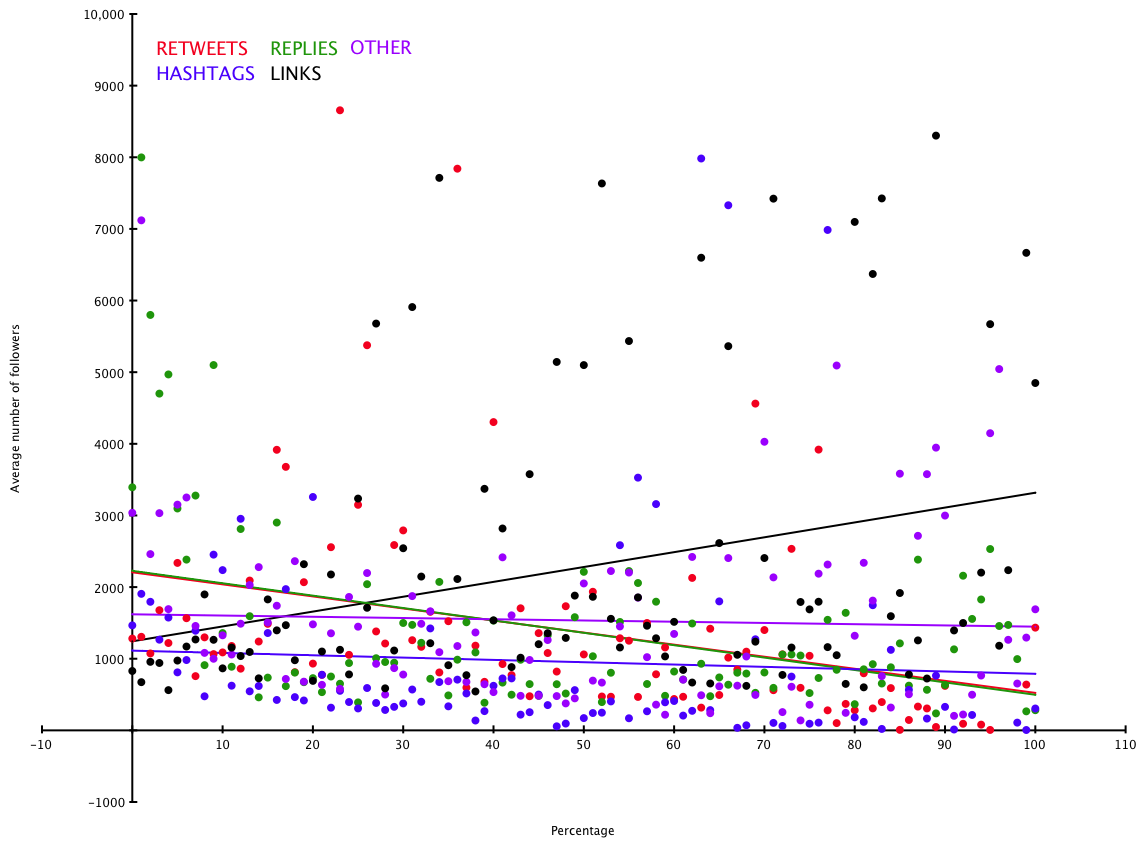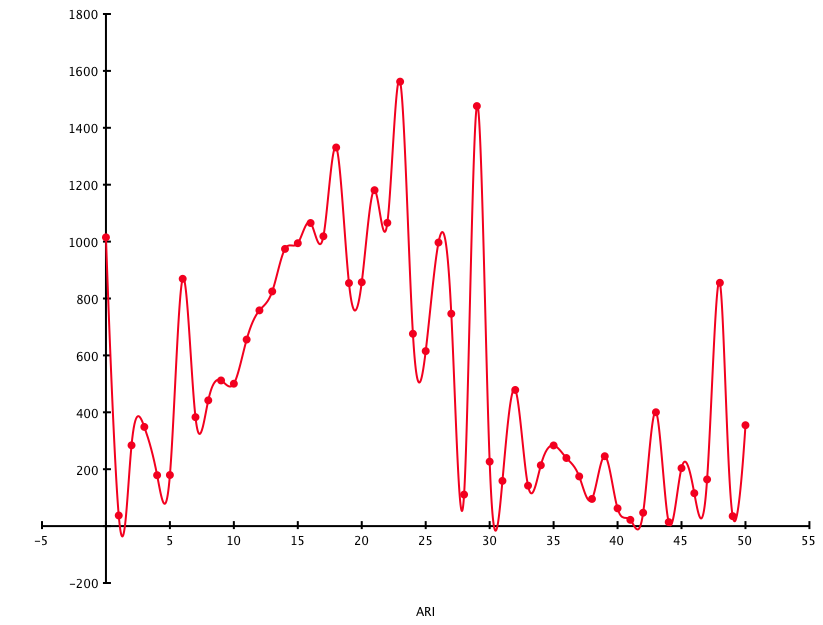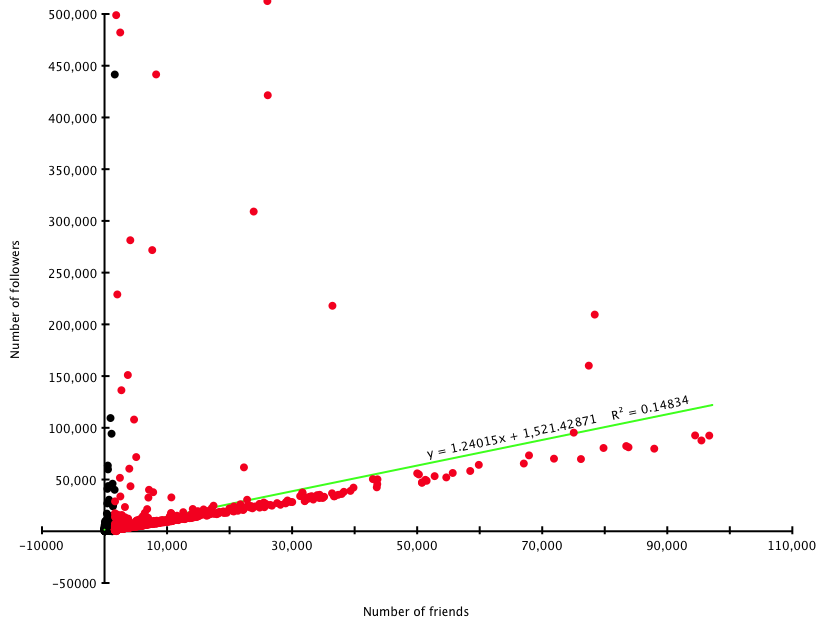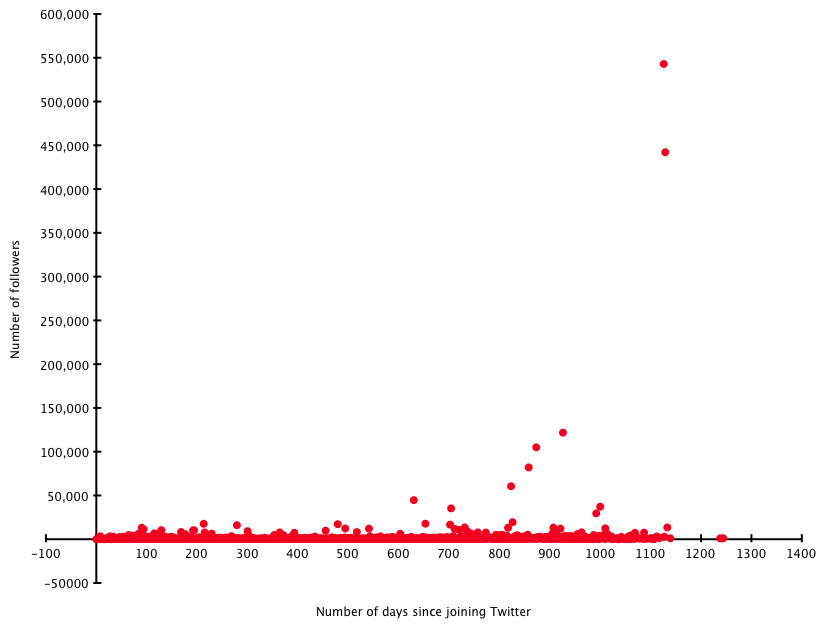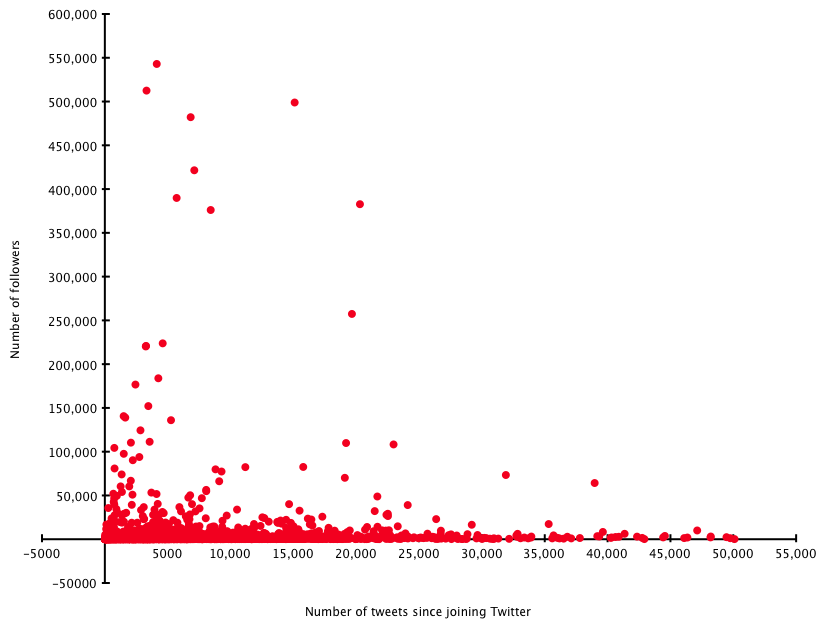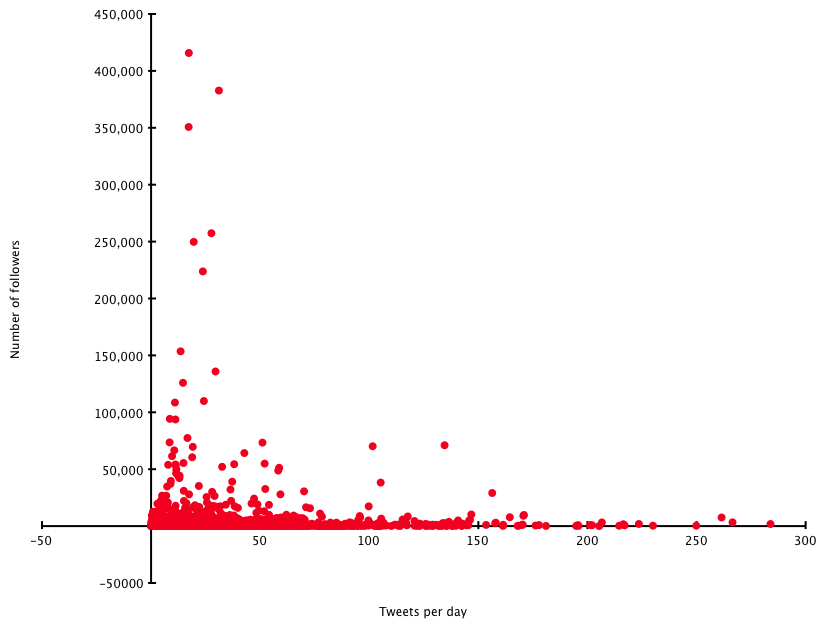As usual, everyone’s talking about how publishing can survive, and how to make money on the internet. Paul Graham has written an excellent essay,
Post-Medium Publishing, where he observes that it is wrong to think publishers sell ‘content’ – rather, they sell a means of distribution, and prices are dictated by that (ie, historically, the price of paper and printing) – if t’were otherwise, we’d all pay vastly different sums depending on the quality of the content. And we don’t. Bottom line: “Whoever controls the device sets the terms.” Prospect Magazine, commenting on Graham, also reminds us that
we’ve seen all this before, back in Shakespeare’s time.
Meanwhile, Steve Outing warns that ‘Your news content is worth zero to digital consumers’, and that money is again in delivery systems such as neato iPhone apps. (He quaintly goes on to suggest micro-rewards – tip jars 2.0, I guess.) Jeff Reifman has weighed in against Outing saying ‘Micropayments could save journalism’. It’s hard to see how: if the headline writers are any good, the headline is where the news is – the rest is elaboration. I get my news from a few simple sources, all of them essentially ‘headlines’:
- A few snatched moment’s of Radio 4’s Today programme between bouts of baby care – I really just get the 7am headlines
- RSS feeds from the BBC and the Guardian on my iGoogle page – I’ll occasionally click through if I want the detail or I’m piqued by something
- Twitter feeds
I buy one newspaper a week: the Saturday Guardian. I do read the news in it – but almost invariably I’ve seen it the day before on the web. I like it for the columnists, the features, the magazine, basically as a ritual entertainment to accompany a cup of tea. My wife just does the crossword. The physical newspaper, in other words, has become an entertainment channel rather than a news one.
Micropayments? I can’t see myself paying for news stories. Features… maybe, if they’re really going to interest me. Academic papers: possibly, if I’m researching something. That said, I did make one micropayment this week: we were planning to buy a new car seat for the baby, and only one place, Which, has a decent, up-to-date review of best buys, focusing on safety (ie there’s an emotive imperative here – and the possibility of saving money, I guess). They charge £1 for a trial subscription – but then sting you with monthly payments several times that. You can cancel any time, so I will cancel straight away. It’s very annoying: I just want one article, which I probably would have paid £5 for, simply because it’s not possible to get this quality information elsewhere. I subscribed because I’m bloody minded enough to remember to unsubscribe – though of course their business model partly relies on people forgetting, or being sufficiently charmed by the dull magazine you get in the mail.
Paul Graham says that the only kind of information people will pay for is that “they think they can make money from” – I’d add that saving money (assuming more is saved than the information costs!) might be a motive, and niche issues such as the baby safety report I mentioned.
Graham reminds us, as people like Chris Anderson have done before, that something else people will pay for is live entertainment. I wonder if this connects to another constraint upon pricing for publishing models: it’s noticeable that novels, DVD rentals, cinema visits, CD albums, all generally fall within the £5 to £15 range: people will only pay so much for entertainment that they know can be reproduced. Live entertainment, such as a theatre show, opera, music gigs and a decent meal at a good restaurant, is more of a one-off experience, and commands more value. In his excellent book 59 Seconds, Richard Wiseman points to research showing that people’s happiness is improved significantly more by experiences than by products. There’s no such thing as retail therapy.
Again and again I come back, too, to the feeling that modern content producers – writers in particular – have unrealistic expectations of fame and fortune. Most people don’t want their content, and won’t pay much for it even if they do. As Prospect says, we’ve gone back to a pre-Romantic time (I’m thinking of poets and gentleman publishers such as John Murray here, which is where the modern author-publisher dream of the last 200 years began) where writers have to work hard, diversify, hawk their products themselves, and not just sit back and expect a publisher (whose grip of the medium is now somewhat buttery) to make them millions. The Dan Browns and J K Rowlings are the lucky exceptions.
I’m a writer myself, so it’s not like I don’t have an interest in these issues – but I just write to commission, content I know someone seems to want, rather than trying to sell my own ideas, as the latter is so much hard work (obviously I thank my stars for those commissions – and make most of my money by doing design work anyway – ie making vessels for others’ content). Whatever ideas I have (mostly daft, I admit) I give away for free, often at this website.
Perhaps the answer lies in Kevin Kelly’s 1000 True Fans argument: build a core, devoted audience – if your stuff is good enough (and has a bit of luck and a fair wind), there will be some people at least who will go to your every gig, buy every T-shirt, read every book. If you can’t find 1000 true fans… maybe it’s time to be honest and admit the world isn’t knocking at your door. Do something for free. See what happens. Oh, and go out for a nice meal: it will make you happy.
Edit: After a challenge on Twitter to crowdsource payment for an article, you can now pay micropayments to get me to write an article on ‘The Modern Ninja’! I can’t lose: if not enough money is raised, it proves content isn’t worth much to people (well, er, my content…); if it is, I get a paid commission! (Oh, and if less than $300 is raised, I’ll refund your money folks!)
